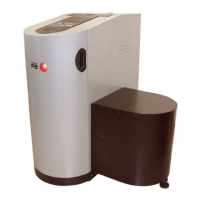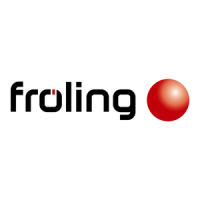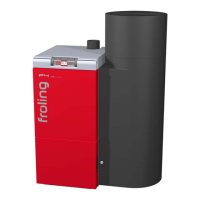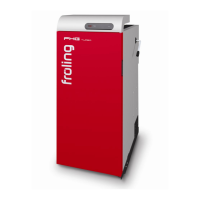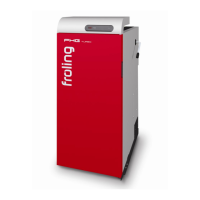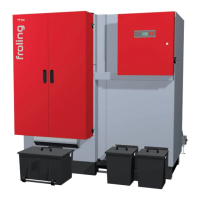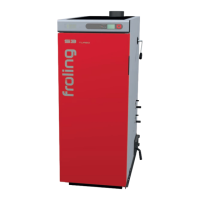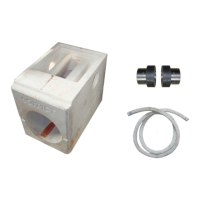1.2.2 Approvals and reporting obligations
IMPORTANT: Install, modify and use only in accordance with
manufacturer’s installation & operation manuals. Refer to authorities
having jurisdiction for proper installation. Contact local building and
fire officials about restrictions and installation inspection in your
area. If there are no applicable local codes, follow ANSI/NFPA 211
and CAN/CSA B365. Special precautions are required for passing the
Chimney through a combustible wall or ceiling.
Inspect and clean exhaust system frequently in accordance with
Owner’s Manual.
1.2.3 Requirements for initial filling and re-filling of heating system
Water quality conditions for initial filling the heating system:
For first filling of heating system water must be clean, pure or purified,
odorless and without suspended matter.
Water hardness must not exceed 580 grain/fl.oz. or 300 ppm CaCO
3
;
(300 mg/l), meaning medium hard to soft water.
Concentration of chlorides must not exceed 58 grain/fl.oz. (30 mg/l).
Boiler system water pH should be 8.0-8.6.
If water quality is poor, water treatment additives should be considered.
For re-filling of small amounts, water shall be clean at least.
For swimming pools or spas do not use heating water directly. Proper
sized heat exchangers are required! Boiler water is not potable!
IMPORTANT: For initial filling and re-filling bleed the filling hose before
connecting to the heating system to prevent excess air from being
introduced to the system.
Use of a suitable antifreeze mix is allowed, but will cause a loss in heat
transfer efficiency.
1.2.4 Outside Combustion Air
Provision for outside combustion air may be necessary to ensure that
fuel-burning appliances do not discharge products of combustion into
the house. Guidelines to determine the need for additional combustion
air may not be adequate for every situation. If in doubt, it is advisable
to provide additional air.
Outside air may be required if:
1. The solid fuel fired appliance does not draw steadily; experiences
smoke roll out from boiler, burns poorly, or back drafts whether
or not there is combustion present.
2. Existing solid fuel fired equipment in the house, such as
fireplaces or other heating appliances smell, do not operate
properly, suffer smoke roll out when opened, or back-draft
whether or not there is any combustion present.
3. Any of the above symptons are alleviated by opening a window
slightly on a calm (windless day).
4. The house is built very tightly with a well sealed vapor barrier or
foam type insulation and tight fitting windows and/ or has any
powered devices which exhaust in the house.
5. There is excessive condensation on windows in the winter.
6. A non-balancing ventilation system is installed in the house.
